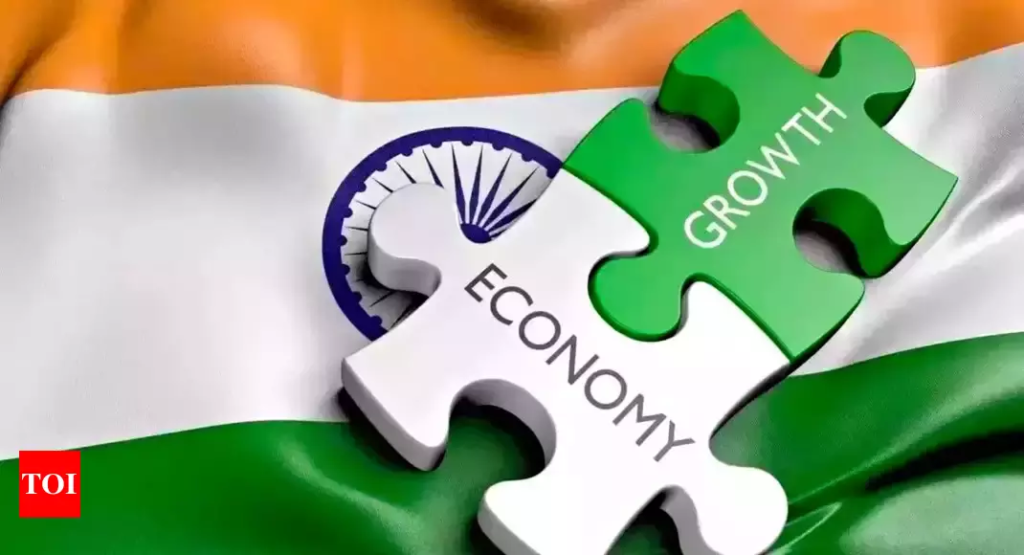India is the fastest-growing major economy in the world, and is expected to overtake Japan as the third-largest economy in the next few years. This remarkable growth is being driven by a number of factors, including a young and growing population, a rising middle class, and increasing investment in infrastructure and manufacturing.
What is driving India’s GDP growth?

There are a number of factors driving India’s GDP growth, including:
- Young and growing population: India has a median age of 28.4 years, one of the youngest in the world. This young population is a major asset for the economy, as it provides a large pool of potential workers and consumers.
- Rising middle class: India’s middle class is growing rapidly, and is expected to reach 550 million people by 2030. This rising middle class is driving demand for goods and services, and is boosting economic growth.
- Increased investment: The government of India is investing heavily in infrastructure and manufacturing. This investment is helping to create jobs and boost economic growth.
- Favorable demographics: India has a large and growing working-age population. This is a major advantage over other developed countries, which are facing aging populations.
- Digital transformation: India is undergoing a digital transformation, with rapid adoption of smartphones, the internet, and e-commerce. This digital transformation is helping to boost productivity and economic growth.
What are the challenges to India’s GDP growth?
Despite its strong growth, India faces a number of challenges, including:
- High poverty rate: India has a high poverty rate, with over 22% of the population living below the poverty line. This high poverty rate is a major challenge for the economy, as it limits the purchasing power of a large portion of the population.
- Unemployment: India has a high unemployment rate, especially among youth. This high unemployment rate is another major challenge for the economy, as it leads to social unrest and wasted human capital.
- Infrastructure deficit: India has a significant infrastructure deficit, which is hampering economic growth. The government is investing heavily in infrastructure, but more needs to be done.
- Skills gap: India has a skills gap, with a large number of workers lacking the skills needed for the modern economy. This skills gap is another major challenge for the economy.
- Global headwinds: The global economy is facing a number of headwinds, including the war in Ukraine, rising inflation, and supply chain disruptions. These global headwinds could impact India’s economic growth.

Road to Indian economy becoming world’s 3rd largest
India is on track to become the world’s third-largest economy in the next few years. However, there are a number of challenges that need to be addressed in order to sustain this growth. The government of India is working to address these challenges, and is investing heavily in infrastructure, education, and skills development. If India can successfully address these challenges, it is well-positioned to become the world’s third-largest economy in the next few years.
Here are some of the steps that the government of India is taking to boost GDP growth:
- Investing in infrastructure: The government of India is investing heavily in infrastructure, such as roads, railways, and airports. This investment is helping to create jobs and boost economic growth.
- Promoting manufacturing: The government of India is promoting manufacturing through initiatives such as the Make in India program. The goal of the Make in India program is to make India a global manufacturing hub.
- Developing skills: The government of India is investing in skills development programs to train workers for the modern economy. This is helping to bridge the skills gap and boost productivity.
- Reforming labor laws: The government of India is reforming labor laws to make it easier for businesses to operate. This is helping to attract investment and create jobs.
- Boosting exports: The government of India is taking steps to boost exports, such as providing subsidies and tax breaks to exporters. This is helping to narrow the trade deficit and boost economic growth.
If the government of India can continue to implement these policies, India is well-positioned to become the world’s third-largest economy in the next few years.

